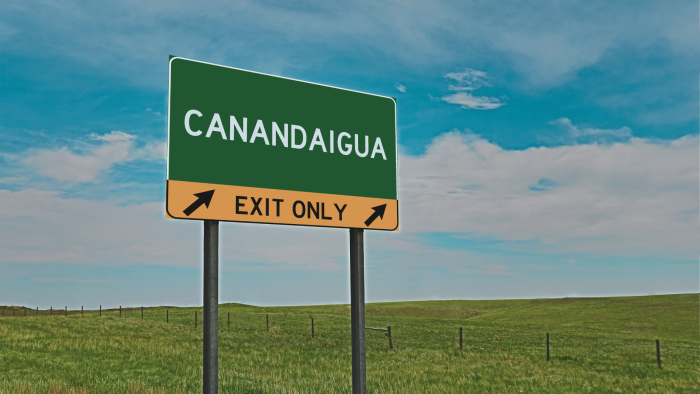Nothing exudes charm and architectural interest like a reclaimed building. Having the vision to turn a dilapidated building into a new concept and breathe life into a historical structure is one of the greatest gifts that an architect can give. The following examples demonstrate a variety of structures that have been turned both into commercial and residential spaces. The common thread that unites them all is that they are able to maintain significant elements of the original structure while simultaneously integrating modern and functional design elements.

Bank to Restaurant
Charleston, South Carolina
The Ordinary, located in a former bank built in 1927 is anything but, well… ordinary. The most appealing aspect of the space is that it still looks like a bank, yet functions perfectly as a restaurant. A large open dining room and a sweeping reclaimed wood bar greet patrons upon entering. Twenty-three-foot ceilings impose a grand scale, yet clever design choices keep the feel cozy. The former vault is on full display behind the raw bar and gives patrons a unique window into the kitchen. A teller’s booth serving as a hostess stand demonstrates the commitment to connecting the buildings past with its present. Link
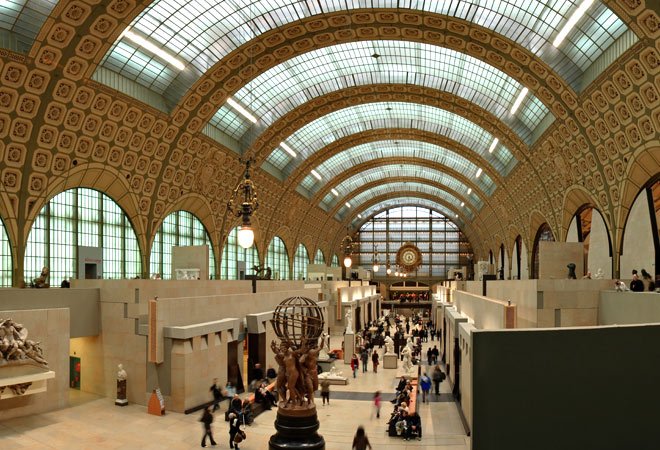
Rail Station to Museum
Paris, France
The best historical transformations maintain a link to their former purpose and use. The Musee D’ Orsay is no exception. Housed in a former rail station, originally built for the 1900 World’s Fair, the station’s use was eventually passed by modern rail technology. Beautiful in its own right, the original design meshed perfectly with surrounding architecture (such as the Louvre). Many of the original architectural elements are maintained in the Musee D’ Orsay today such as the grand hall and the glass awning. Link

Girls’ School to Gallery, Restaurant, and Deli
Berlin, Germany
Few cities have as dark and as tumultuous of a past as Berlin. Ravaged by war and Soviet censorship, the last 25 years have chronicled a dynamic improvement in the environment of the city. A perfect example of this transformational spirit, the Berlin Jewish Girls’ School was originally constructed in 1930 in a posh neighborhood. During the war and subsequent decades, the school fell into disrepair but was eventually refurbished into a highly creative mixed-use space. The gymnasium, auditorium and classrooms have been reborn as a memorial, multiple restaurants, a museum and galleries. Link
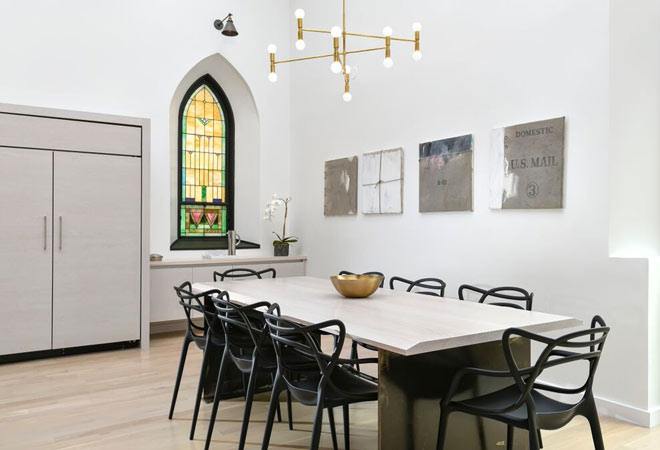
Church to Home
Chicago, Illinois
There are a surprising number of these type of conversions scattered across the world, but one of the best examples is located in Chicago. The architect firm, Licthelen Design, managed to incorporate the best features of the church—stained glass arched windows, open floor plan, and soaring ceilings—into a design that looks intentional and feels like a home. Link

Power Plant to Museum
London, UK
The Tate Modern is a great example of taking an industrial facility and repurposing it for public benefit. In this case, the former Bankside power station transformed into a modern and contemporary art museum known as the Tate Modern. The bones of the building were stripped back to the original steel and brick mediums and predominantly maintained their original form. The defining feature of the museum is a massive exhibition hall that provides a unique space for works of incredible scale. The building is currently undergoing an additional renovation that will open up more space for galleries. It will be completed in 2017. Link
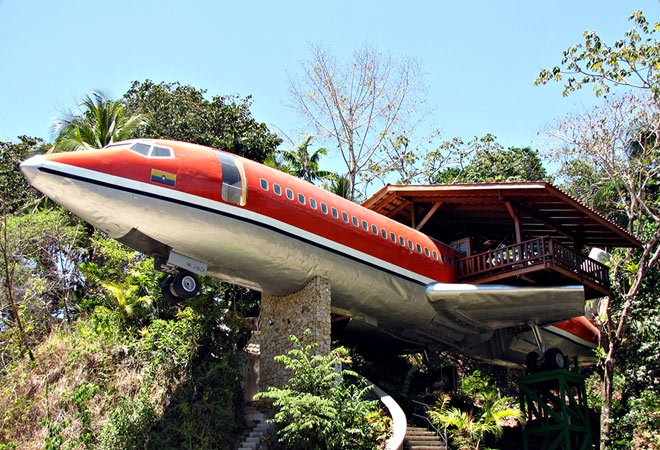
Plane to Hotel
Antonio, Costa Rica
Possibly the most unique conversion, Hotel Costa Verde converts the remains of a 1965 Boeing jet airframe into a hotel. While in no way subtle, the design is meant to mimic flight with the nose of the plane jetting out 65 feet above the jungle floor. Not only does this create quite the image, but also affords spectacular views of the ocean and surrounding jungle. Link
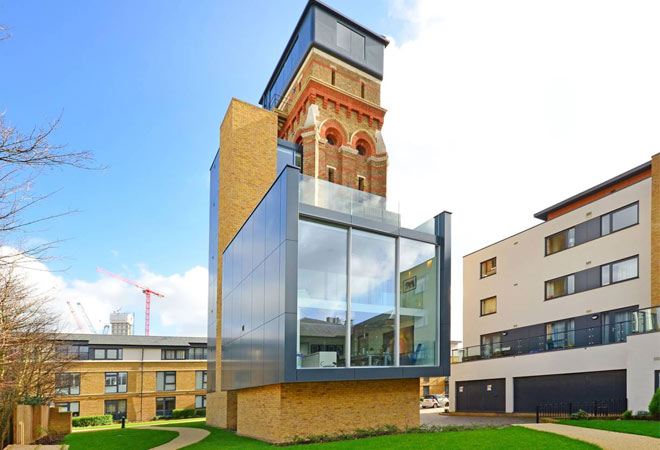
Water Tower to Home
London, UK
Few cities combine historic and modern like London. The Lambeth Water Tower is another great example of this unique juxtaposition. Standing at nearly 100 feet, the former Gothic tower offers incredible 360-degree views of London. The main living area is contained with an aluminum cube attached to the tower allowing for the Gothic brickwork to be showcased while balancing a bit of practicality with aesthetics. Link
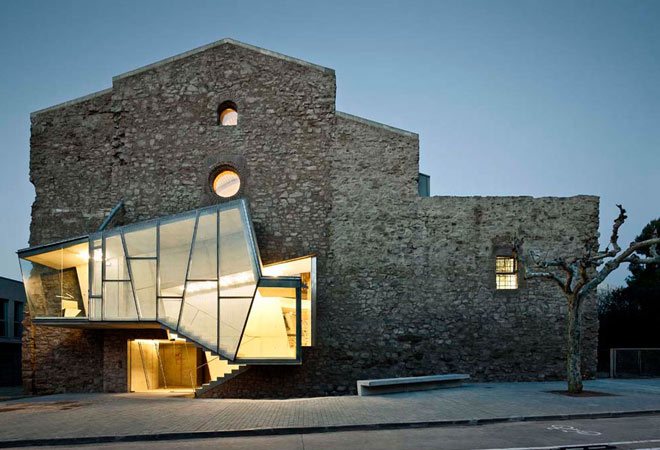
Church to Auditorium
Santpedor, Spain
Located in a small town in the Catalonian region of Spain, Architect David Closes’ conversion is startling in the most positive sense of the word. Originally an 18th century Franciscan convent, the revamped public space maintains the most charming aspects of its historic past. Details like crumbling brickwork and soaring nave are maintained and updated with modern aesthetics like concrete, wood, and glass. Rather than blending, the new architectural aspects jump out at the eye, clearly distinguishing old and new. Link



